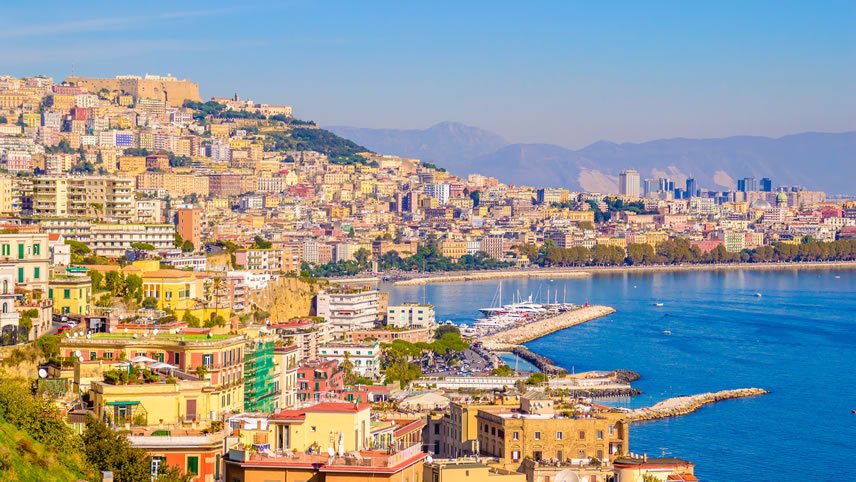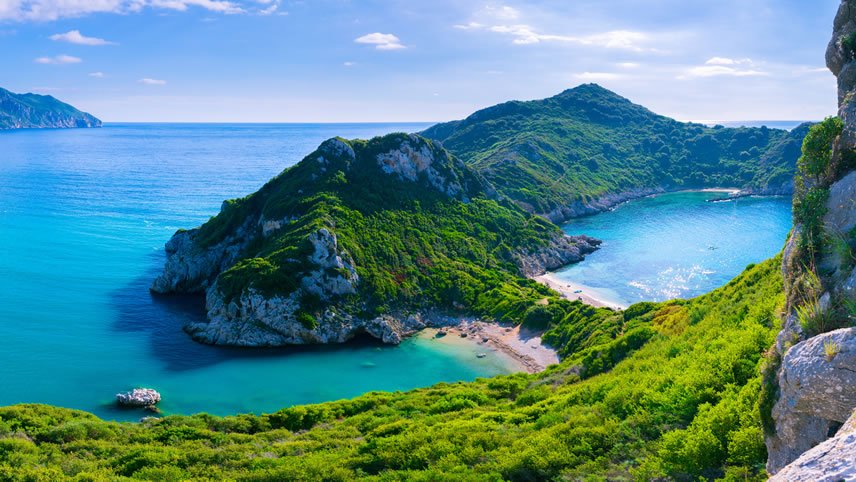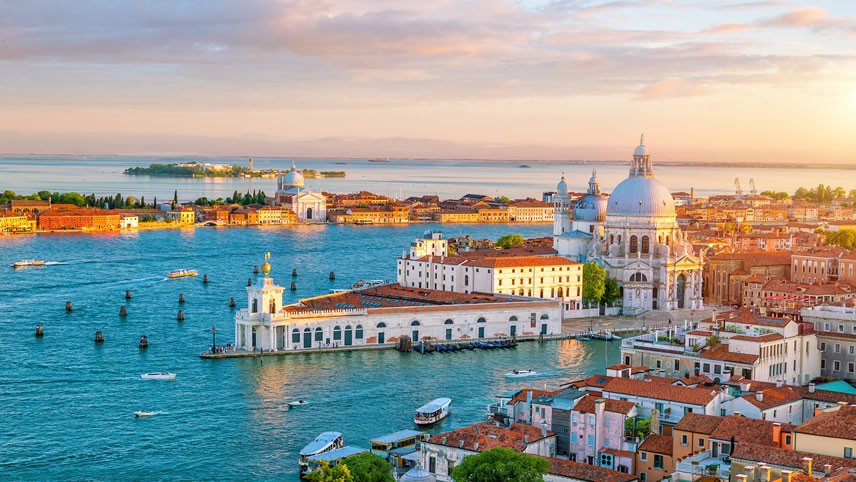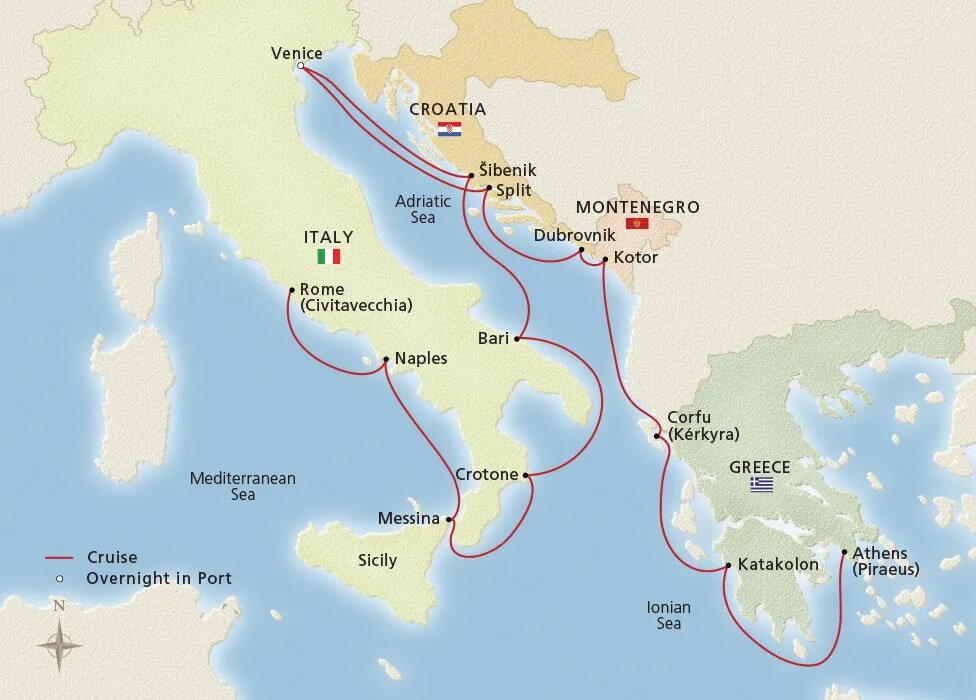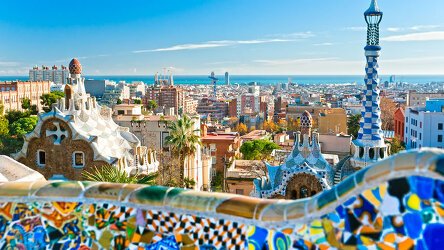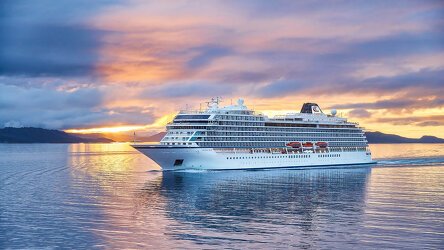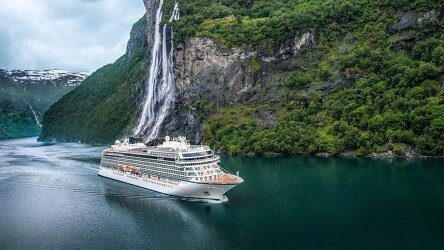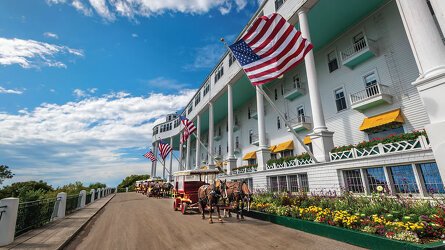Overview
Itinerary
Embark your ship and settle into your stateroom. For centuries, Rome ruled much of Europe, building a vast empire from the power of emperors. More than 2,500 years of history live in the city's streets. Ancient structures recall those heady days when the cheers of 80,000 spectators roared from the Colosseum, citizens mingled in the Forum and senators asked the gods for guidance at the Pantheon. Along with the Vatican and St. Peter's Basilica, this rich pocket of Italy is one of the world's greatest repositories of history and civilization.
Naples boasts a long history in a stunning seaside setting and is known mostly for its pizza. The city has long been a major center of Italian culture and was the seat of a powerful independent kingdom for 500 years. So great was its sway that it lured the region's finest architects and artists. In the grand Piazza del Plebiscito, the grand and sweeping public square, the San Francesco di Paola Church flaunts a colonnaded facade reminiscent of the Pantheon in Rome, and the Royal Palace overlooks Neapolitans with statues of all the kings of Naples peering out from alcoves.
Sicily has been shaped by countless civilizations, from Greek to Byzantine to Roman. When it fell under Spain's purview in the 17th century, it was celebrated as one of Europe's ten great cities. Surrounded by undulating mountains, orange and olive groves and vineyards are plentiful. During World War II, Messina was the destination of the unofficial “Race to Messina” between US General Patton and British Field Marshall Montgomery. In the end, Patton arrived just hours before his British comrade, receiving credit for securing Sicily.
Crotone, according to Ovid, was named by Hercules himself in memory of a friend he had accidentally slain. Today, it is the capital of its eponymous province, a region known for its pristine waters, untouched mountains and vast forests. As the gateway to a landscape bestowed with great natural beauty, Crotone prides itself in its deep historical roots, which can be traced back to the 7th century BC in the city's archaeological museum and the ruins of two redoubtable fortifications, the Castle of St. Charles V and Le Castella, situated on a small peninsula south of the city.
Located at the heel of Italy's boot, Bari boasts a sunny, palm-lined promenade, romantic honey-toned balconied houses, welcoming courtyards, and Romanesque and baroque churches. It is pure pleasure to take in the distinct Mediterranean atmosphere of this picturesque port, with colorful fishing boats bobbing on the turquoise harbor. History and culture take center stage at the splendid Norman-Swabian Castle; the Romanesque Basilica of St. Nicholas, named for the city's patron saint; and the Petruzzelli Theater, one of Italy's most important opera houses.
Šibenik is the oldest Croatian city on the Dalmatian Coast. The remarkable architecture of this UNESCO World Heritage Site spans the centuries, having witnessed the rise and fall of empires, from Byzantine to Venetian. In its remarkably preserved Old Town, narrow cobblestone streets lead past medieval houses and churches, all surrounded by four historic fortresses, including the imposing St. Nicholas Fortress. St. James Cathedral, built by several architects in the Gothic and Renaissance styles over a century, is the most important Renaissance structure in Croatia.
Chioggia is a charming fishing community steeped in its age-old seafaring traditions. It is also the gateway to Venice, famed for its wondrous patchwork of graceful piazzas, tranquil canals, artful footbridges and Gothic splendor. All things Venetian begin in St. Mark's Square, where its elegant campanile, or bell tower, rings over the rooftops, and the Byzantine-Gothic St. Mark's Basilica seems to preside over all. Beyond St. Mark's and away from the crowds, Venice is a hushed and intriguing city to explore on foot, with medieval echoes marking every step.
The Venetian Republic ruled Adriatic waves for a millennium. During the 8th century as the Roman Empire began to decline, many Europeans fled to Venice and its neighboring towns, including Chioggia. Merchants put their skills to use, and the city-state was soon thriving. The Venetian Lagoon's canal banks feature buildings influenced by Byzantine and Islamic architecture, reflecting Venice's powerful trading network. The first vaporetto traversed the Grand Canal in 1881; alongside the gondolas, these iconic Venetian water buses are at the heart of Venice's transport network.
Part of the Venetian landscape for centuries, the gondola was once the city's primary form of transport. During the 1500s, some 10,000 crafts plied the canals. The flat bottom was designed for the shallow depths of the Venice Lagoon, and its narrow width allowed the gondolier to achieve greater speed and maneuverability. Today, a few public gondolas serve as traghetti, or ferries, conveying people across the Grand Canal, while several hundred, painted black by local law, usher explorers into narrow canals, piloted by capped gondoliers in iconic striped shirts.
Built around the Roman Palace of Emperor Diocletian, Split is one of Croatia's oldest cities. Its promenade commands majestic views over a bay and the Adriatic Sea. Despite evidence of Split's origins in the 6th century BC, the city is traditionally considered over 1,700 years old—counting from the construction of the palace. Its well-preserved remains have been seamlessly assimilated into the modern city. An Ethnographic Museum is found at the palace's heart and shops line the passageways of its ancient basement. Diocletian's ancient mausoleum is now a stunning cathedral.
Dubrovnik is a historic jewel, with its spectacular Adriatic setting, 12th-century medieval streets and incredibly preserved structures. So stunning is its Old Town, the playwright George Bernard Shaw famously called it “paradise on Earth.” It is all spectacularly surrounded by a towering medieval wall. Inside, the ancient city's Stradun is lined with authentic stone houses. The peaceful 14th-century Franciscan Monastery and Apothecary, housing the world's oldest working pharmacy and fine collection of Renaissance paintings, provide insight into the ages.
Kotor is Montenegro's picturesque capital set amid glorious mountains and dramatic scenery. Towering cliffs soar above the narrow Kotor ria—a submerged river canyon often called Europe's southernmost fjord. Kotor is also home to one of the Adriatic's best-preserved medieval Old Towns. The charms of this red-roofed city are endless, from the mismatched towers of its Romanesque cathedral to its narrow streets. Its stunning Venetian walls were built in 1420, remnants from Kotor's nearly 300 years as a province of the Venetian Republic.
Corfu has a rich history shaped by conquerors and by royalty seeking tranquility. Corfu's Old Town and Fortress—fashioned by the once powerful Venetian Republic—comprise a UNESCO World Heritage Site. Its narrow warrens lead to one of Europe's largest public squares and a lovely promenade once exclusively reserved for the local aristocracy. Everywhere, magnificent coastal views unfold and scenic byways lead to history-rich enclaves, from the archaeological site of Paleopolis and the stunning Vlacherna Monastery to a former Greek royal villa.
Katakolon is huddled around a pretty little harbor dotted with colorful fishing boats. Nearby, the fertile valleys of the western Peloponnese are a bounty of olive groves, vineyards and orchards, and lead to the legendary city of Olympia. The well-kept ruins here transport visitors back to the days of the earliest athletes who competed for nothing less than the favor of the gods. The remains evoke the glory of the Games, and the Olympia Archaeological Museum features statues that once overlooked the site.
Athens has been called the “birthplace of democracy.” Its legacy looms large from atop Acropolis Hill, the pinnacle of ancient Greece. This open air museum is an astonishing repository of once-mighty structures. From its colonnaded Parthenon—more than 2,600 years ago—revered Greek philosophers like Plato and Aristotle formulated new ideas of government and debated its role in civic life to captivated audiences. Remnants of spiritual life are also here in the several temples to Athena and Zeus. After breakfast, disembark your ship and journey home.
Life Onboard Viking Jupiter
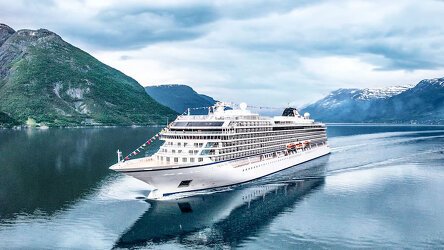
Launched in 2019, the Viking Jupiter is Vikings' newest all-veranda ship, part of a fleet of award winning, state of the art ships incorporating all the comforts & luxuries you would expect from Viking. Read more
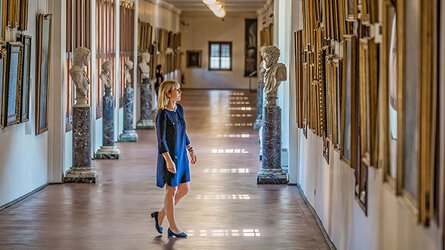
Viking are destination experts. With no casinos or children on board, you can be assured that the focus is firmly on enrichment and education. Read more

After a day of exploration or just to enhance the relaxation of a day at sea, the on-board Spa will leave you feeling recharged and revitalized. Read more

Viking offer eight on board dining options. Beer, wine and soft drinks are available with lunch and dinner at no additional charge of fee. Read more

Viking proudly includes all that you need and nothing you do not. A variety of features and services valued at $200 per person per day are standard inclusions in your cruise. Read more

Viking include one complimentary shore excursion in every port of call. Enjoy exclusive entry to cultural treasures and seldom-seen collections around the world. Read more

Availability Click on prices below to view cabin upgrades and details
Tour & cruises prices are per person. Prices shown have savings applied, are subject to availability and may be withdrawn at any time without notice. Pricing and trip details are correct at this point in time, however are subject to confirmation at the time of booking and are subject to change by Viking. For cruise itineraries, cabin images are sourced from Viking. These should be treated as indicative only. Cabin inclusions, upholsteries and room layout may differ to the image(s) shown depending on the ship selected and your sailing dates.
